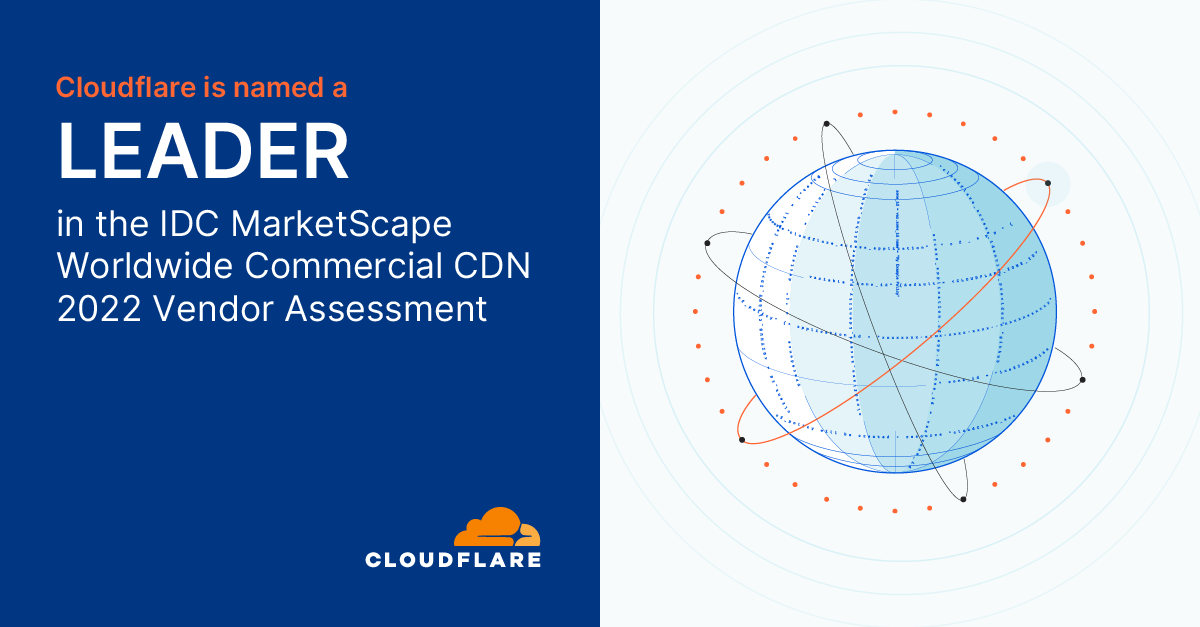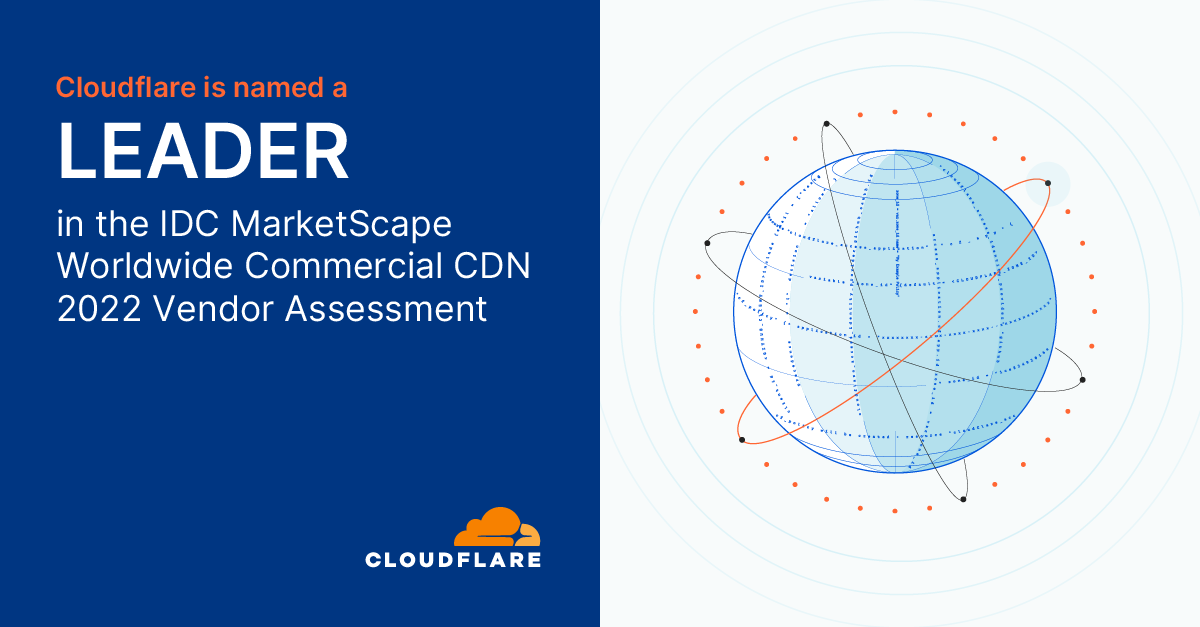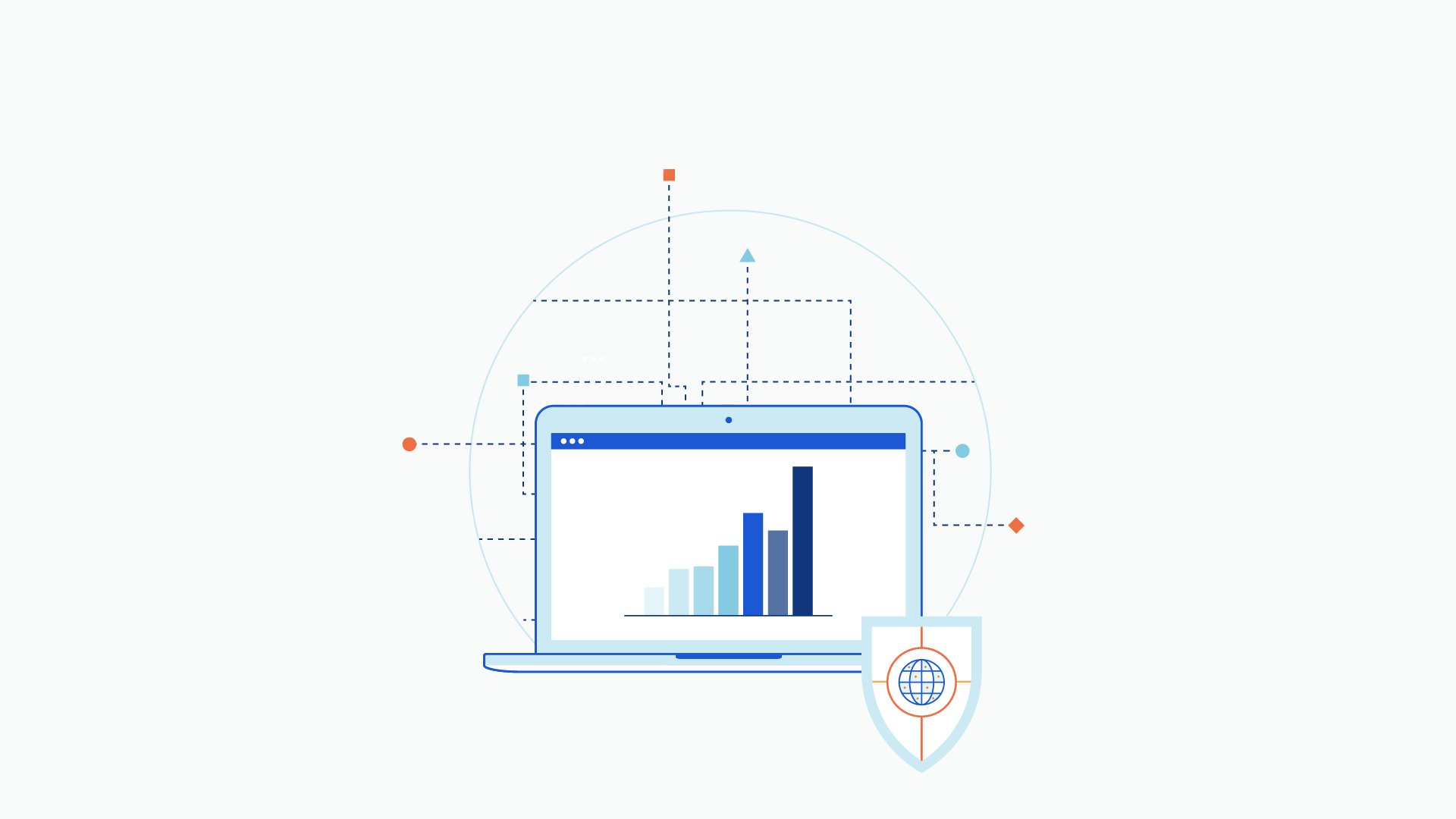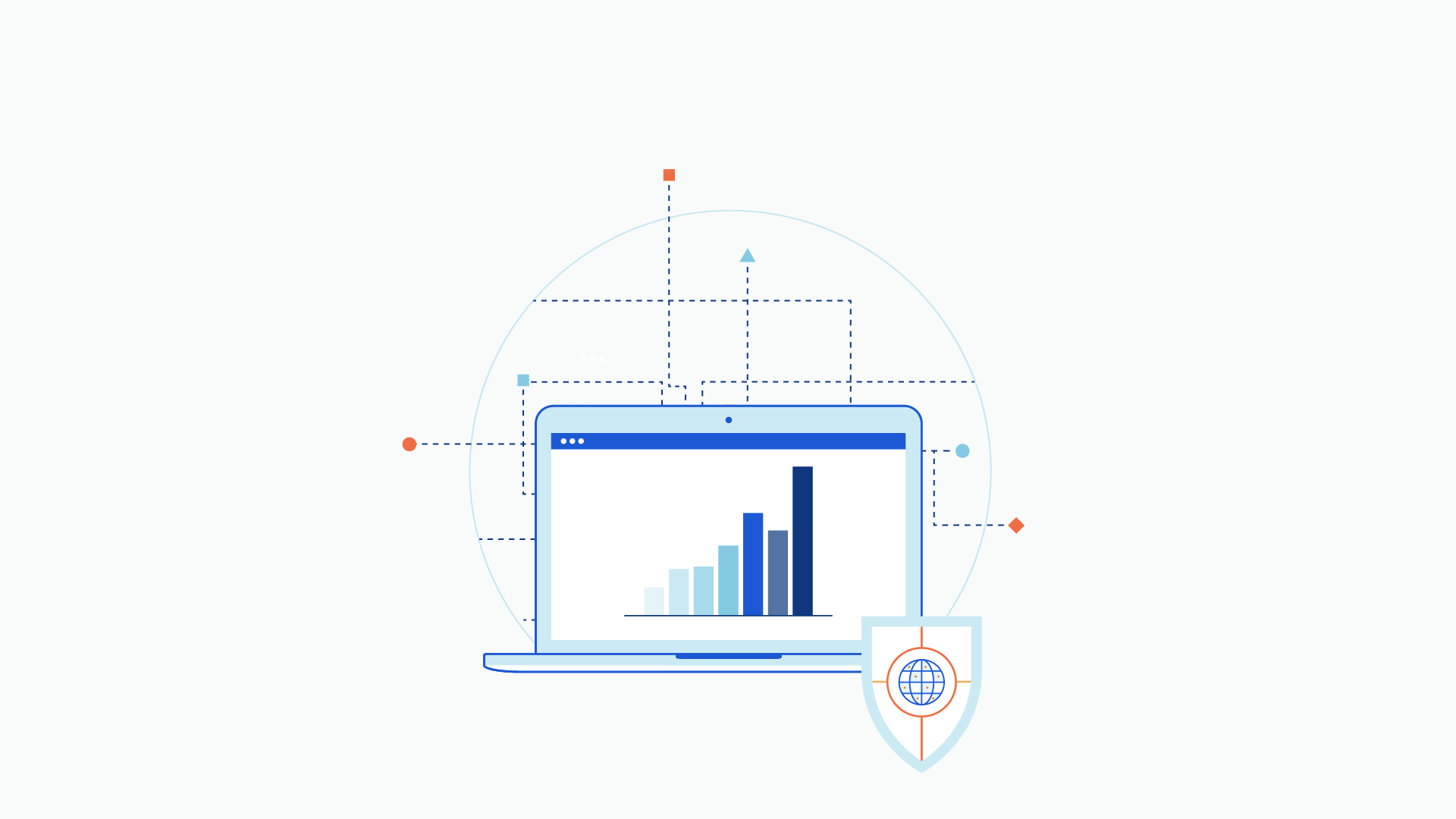Author Archives: Vivek Ganti
Author Archives: Vivek Ganti


We are thrilled to announce that Cloudflare has been positioned in the Leaders category in the IDC MarketScape: Worldwide Commercial CDN 2022 Vendor Assessment(doc #US47652821, March 2022).
You can download a complimentary copy here.
The IDC MarketScape evaluated 10 CDN vendors based on their current capabilities and future strategies for delivering Commercial CDN services. Cloudflare is recognized as a Leader.
At Cloudflare, we release products at a dizzying pace. When we talk to our customers, we hear again and again that they appreciate Cloudflare for our relentless innovation. In 2021 alone, over the course of seven Innovation Weeks, we launched a diverse set of products and services that made our customers’ experiences on the Internet even faster, more secure, more reliable, and more private.
We leverage economies of scale and network effects to innovate at a fast pace. Of course, there’s more to our secret sauce than our pace of innovation. In the report, IDC notes that Cloudflare is “a highly innovative vendor and continues to invest in its competencies to support advanced technologies such as virtualization, serverless, AI/ML, IoT, HTTP3, 5G and (mobile) edge computing.” In addition, IDC also recognizes Cloudflare for its “integrated SASE offering (that) Continue reading


Meris first got our attention due to an exceptionally large 17.2 million requests per second (rps) DDoS attack that it launched against one of our customers. This attack, along with subsequent attacks originated by the Meris botnet, was automatically detected and mitigated by our DDoS protection systems. Cloudflare customers, even ones on the free plan, are protected against Meris attacks.
Over the past months, we’ve been tracking and analyzing the activity of the Meris botnet. Some main highlights include:
View more Meris attack insights and trends in the interactive Radar dashboard.
Meris (Latvian for plague) is the name of an active botnet behind a series of recent DDoS attacks that have targeted thousands of websites around the world. It was originally detected in late June 2021 by QRator in joint research they conducted with Yandex. Their initial research identified 30,000 to 56,000 bots, but they estimated that the numbers Continue reading


The third quarter of 2021 was a busy quarter for DDoS attackers. Cloudflare observed and mitigated record-setting HTTP DDoS attacks, terabit-strong network-layer attacks, one of the largest botnets ever deployed (Meris), and more recently, ransom DDoS attacks on voice over IP (VoIP) service providers and their network infrastructure around the world.
Here’s a summary of the trends observed in Q3 ‘21:
Application-layer (L7) DDoS attack trends:
Network-layer (L3/4) DDoS attack trends:


Recent weeks have witnessed massive ransomware and ransom DDoS (Distributed Denial of Service) attack campaigns that interrupted aspects of critical infrastructure around the world, including one of the largest petroleum pipeline system operators, and one of the world’s biggest meat processing companies. Earlier this quarter, more than 200 organizations across Belgium, including the government and parliament websites and other services, were also DDoS’d.
And when most of the United States were celebrating Independence Day on July 4, hundreds of US companies were hit by a ransomware attack demanding 70 million USD in Bitcoin. Attackers known to be affiliated with REvil, a Russian ransomware group, exploited multiple previously unknown vulnerabilities in IT management software. The targets included schools, small public-sector bodies, travel and leisure organizations, and credit unions, to name a few. While the threat of ransomware and ransom DDoS is not new (read our posts on ransomware and ransom DDoS from 2021 Q1), the latest attacks on Internet properties ranging from wineries, professional sports teams, ferry services and hospitals has brought them from just being background noise to front page headlines affecting our day-to-day lives. In fact, recent attacks have propelled ransomware and DDoS to the top of US Continue reading


We’re thrilled to announce that Cloudflare has been named a leader in The Forrester WaveTM: DDoS Mitigation Solutions, Q1 2021. You can download a complimentary copy of the report here.
According to the report, written by, Forrester Senior Analyst for Security and Risk, David Holmes, “Cloudflare protects against DDoS from the edge, and fast… customer references view Cloudflare’s edge network as a compelling way to protect and deliver applications.”
Cloudflare was founded with the mission to help build a better Internet — one where the impact of DDoS attacks is a thing of the past. Over the last 10 years, we have been unwavering in our efforts to protect our customers’ Internet properties from DDoS attacks of any size or kind. In 2017, we announced unmetered DDoS protection for free — as part of every Cloudflare service and plan including the Free plan — to make sure every organization can stay protected and available.
Thanks to our home-grown automated DDoS protection systems, we’re able to provide unmetered and unlimited DDoS protection for free. Our automated systems constantly analyze traffic samples asynchronously as to avoid impact to performance. They scan for Continue reading


DDoS attack trends in the final quarter of 2020 defied norms in many ways. For the first time in 2020, Cloudflare observed an increase in the number of large DDoS attacks. Specifically, the number of attacks over 500Mbps and 50K pps saw a massive uptick.
In addition, attack vectors continued to evolve, with protocol-based attacks seeing a 3-10x increase compared to the prior quarter. Attackers were also more persistent than ever — nearly 9% of all attacks observed between October and December lasted more than 24 hours.
Below are additional noteworthy observations from the fourth quarter of 2020, which the rest of this blog explores in greater detail.


In the first quarter of 2020, within a matter of weeks, our way of life shifted. We’ve become reliant on online services more than ever. Employees that can are working from home, students of all ages and grades are taking classes online, and we’ve redefined what it means to stay connected. The more the public is dependent on staying connected, the larger the potential reward for attackers to cause chaos and disrupt our way of life. It is therefore no surprise that in Q1 2020 (January 1, 2020 to March 31, 2020) we reported an increase in the number of attacks—especially after various government authority mandates to stay indoors—shelter-in-place went into effect in the second half of March.
In Q2 2020 (April 1, 2020 to June 30, 2020), this trend of increasing DDoS attacks continued and even accelerated: